Optimal Timing for Waterproofing Applications
Waterproofing is a crucial process to prevent water intrusion and protect structures from damage caused by moisture. Proper timing ensures the effectiveness and longevity of waterproofing applications, reducing the risk of costly repairs later.
Spring offers moderate temperatures and lower humidity, ideal for waterproofing projects. It allows sufficient curing time before summer heat or winter cold.
Summer provides warm, dry conditions suitable for many waterproofing materials. However, high temperatures require careful application to prevent quick drying or cracking.
Fall is suitable for waterproofing as temperatures are cooler and more consistent. It helps prepare structures for winter exposure.
Winter is generally not recommended due to freezing temperatures and high moisture levels, which can compromise waterproofing effectiveness.
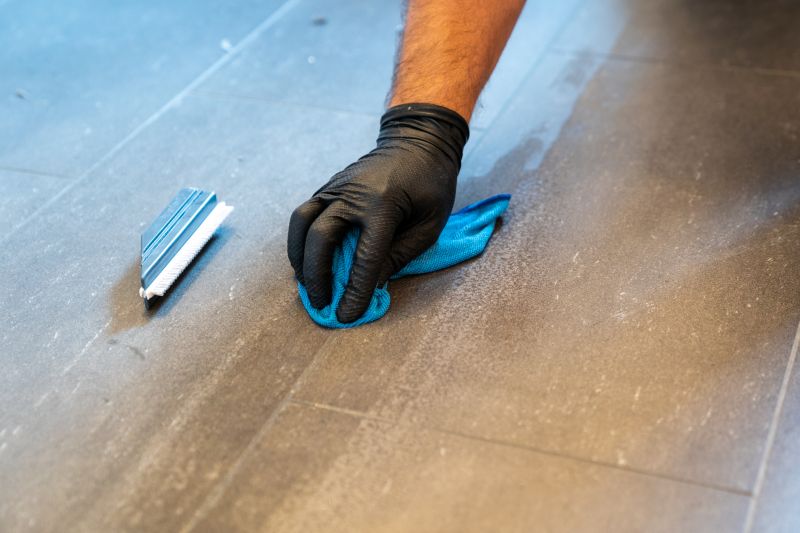
Ways to make Waterproofings work in tight or awkward layouts.
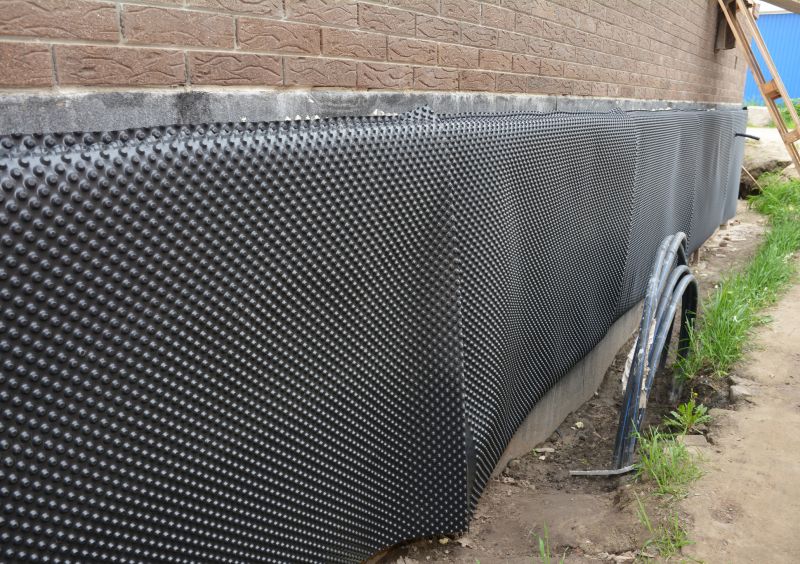
Popular materials for Waterproofings and why they hold up over time.

Simple add-ons that improve Waterproofings without blowing the budget.
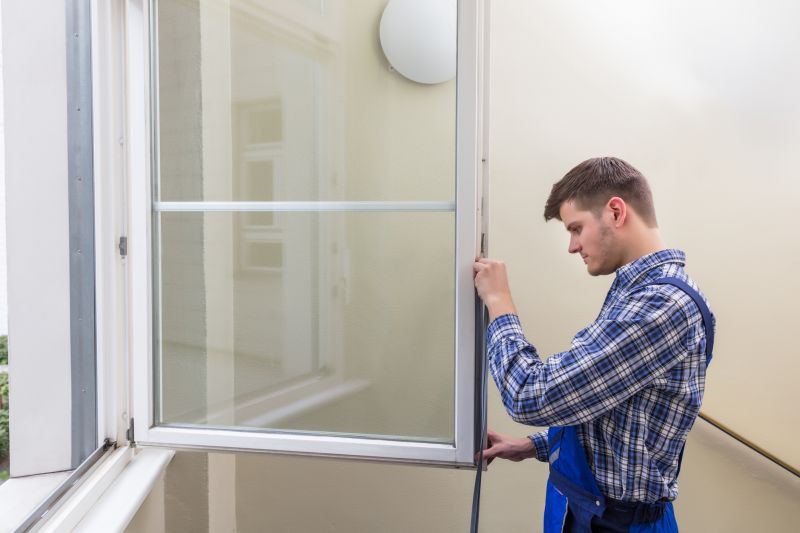
High-end options that actually feel worth it for Waterproofings.
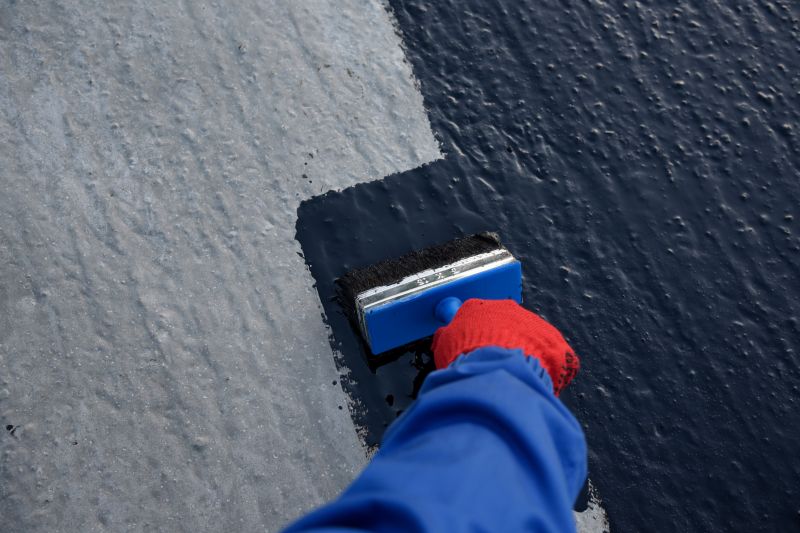
Finishes and colors that play nicely with Waterproofings.
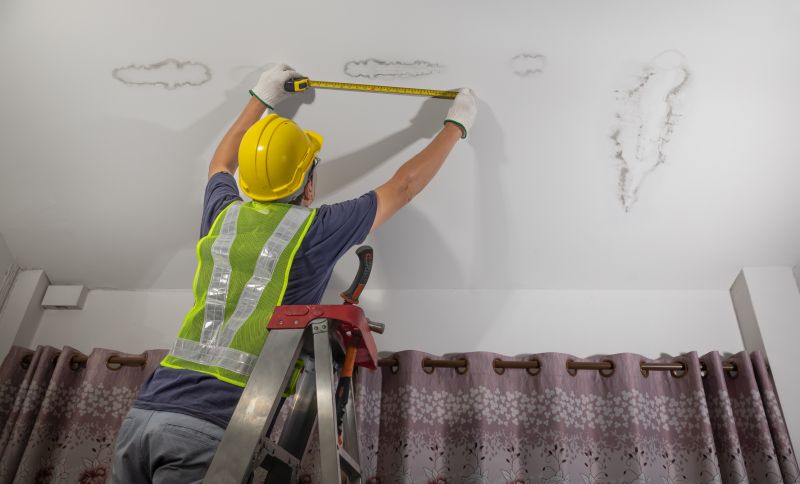
Little measurements that prevent headaches on Waterproofings day.
Waterproofings involve applying specialized materials to protect foundations, roofs, and other structures from water penetration. Effective waterproofing extends the lifespan of buildings and prevents issues such as mold, rot, and structural damage. Modern waterproofing solutions include liquid membranes, sheet membranes, sealants, and coatings, each suited for different applications and environmental conditions.
Statistics indicate that waterproofing can reduce water-related damages by up to 80%, saving significant costs over the lifespan of a structure. Properly timed waterproofing projects, aligned with seasonal weather patterns, maximize durability and performance.
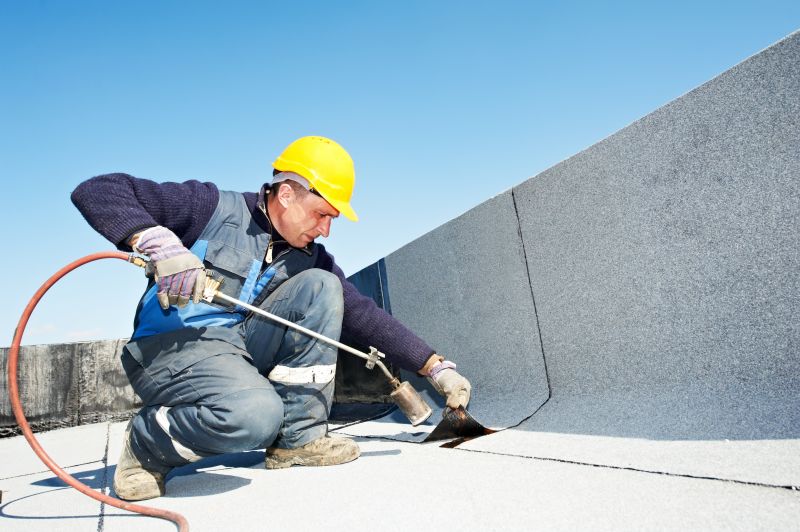
A 60-second routine that keeps Waterproofings looking new.
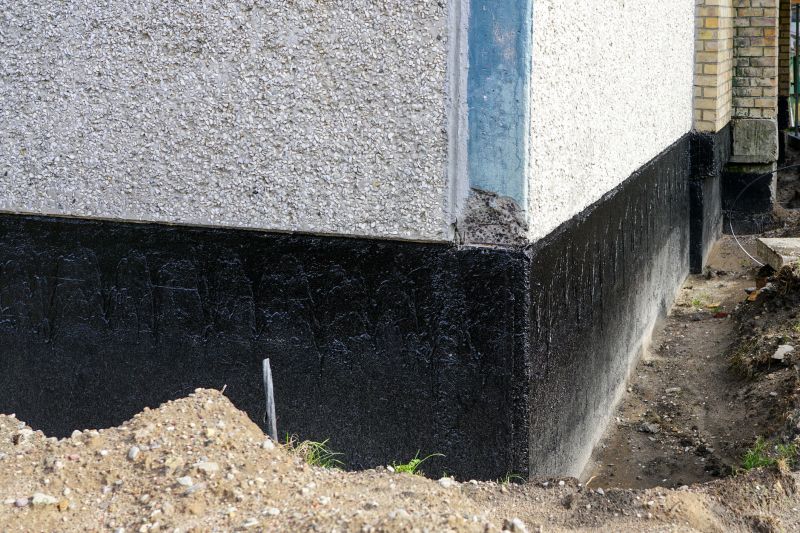
A frequent mistake in Waterproofings and how to dodge it.
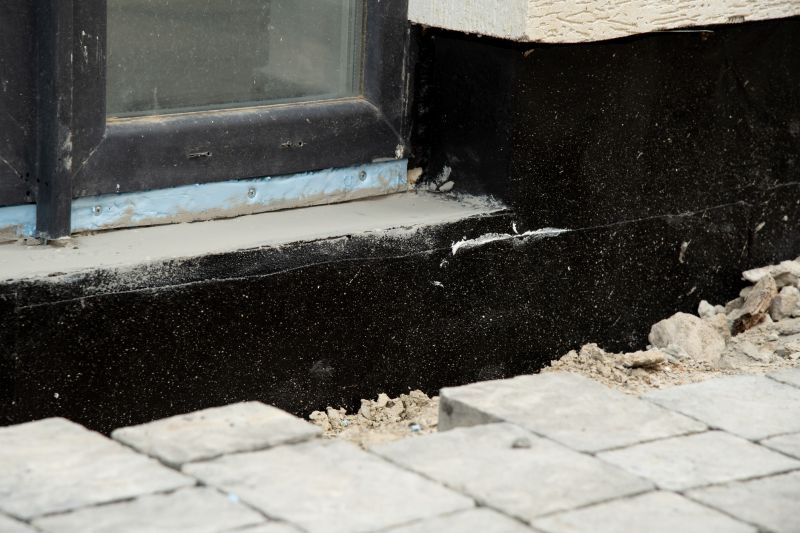
Small tweaks to make Waterproofings safer and easier to use.
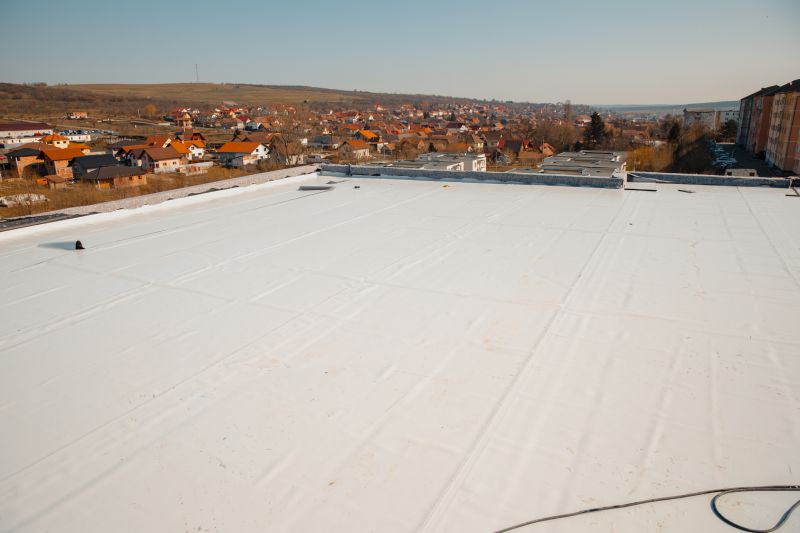
Lower-waste or water-saving choices for Waterproofings.
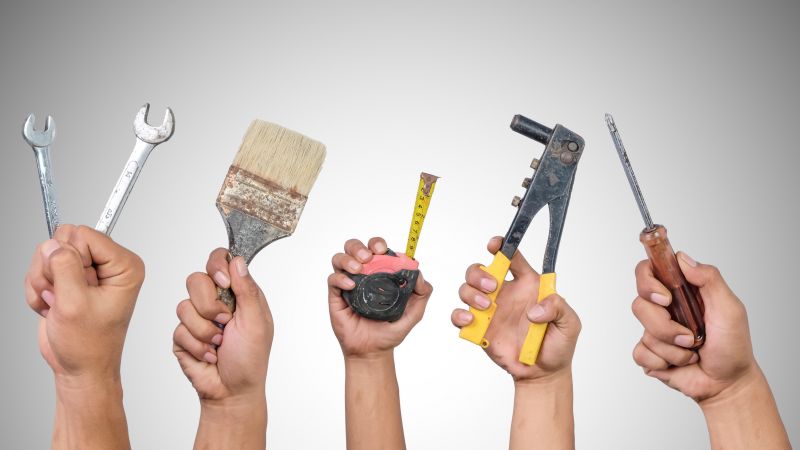
The short, realistic tool list for quality Waterproofings.
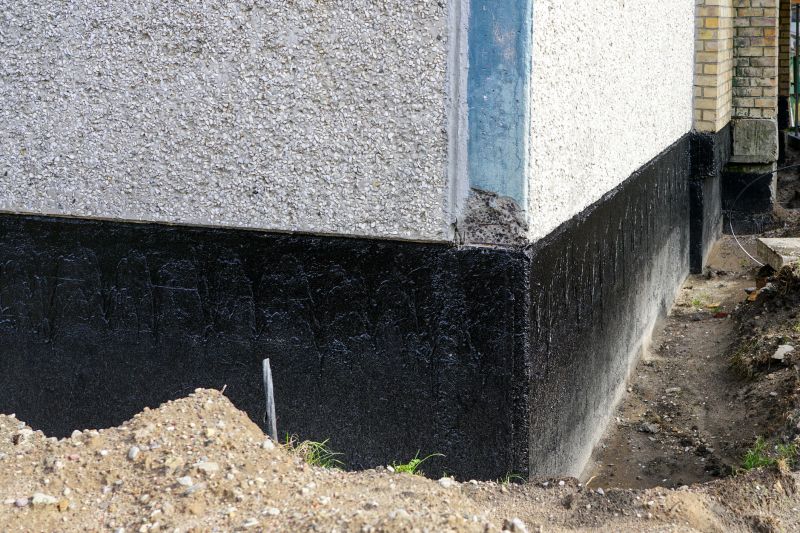
Rough timing from prep to clean-up for Waterproofings.
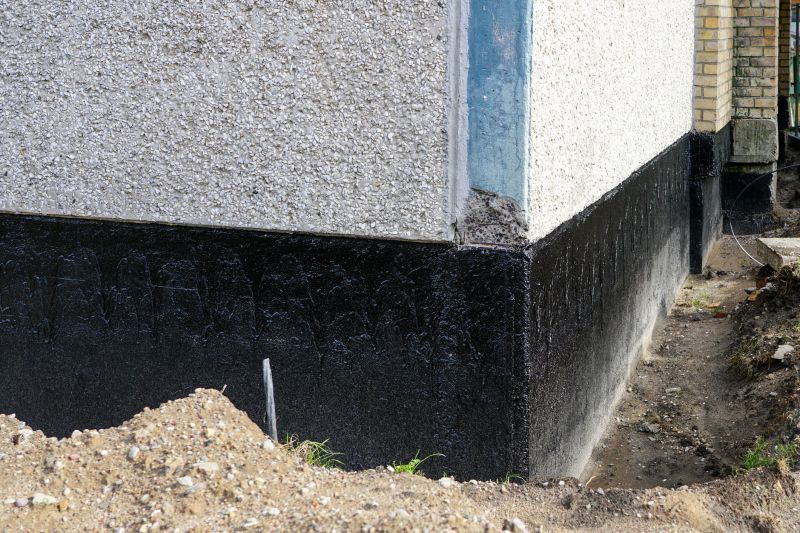
Quick checks and paperwork to keep after Waterproofings.
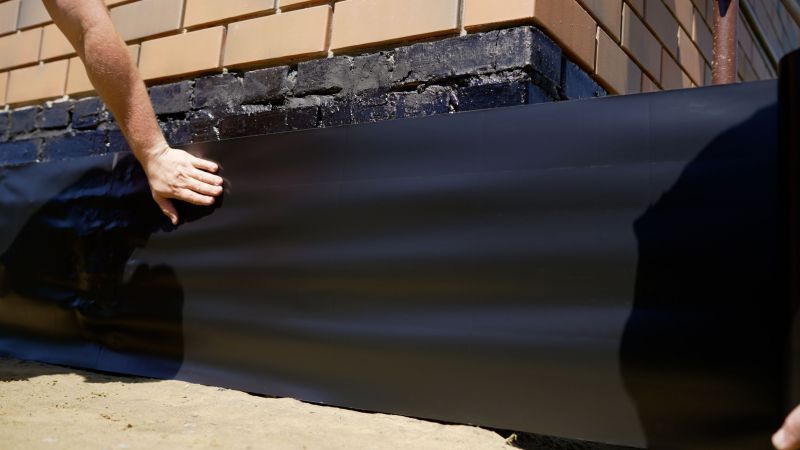
Examples that show the impact a good Waterproofings can make.
| Season | Ideal Conditions |
|---|---|
| Spring | Moderate temperatures, low humidity |
| Summer | Warm, dry days, avoid extreme heat |
| Fall | Cool, stable weather |
| Winter | Not recommended due to freezing temperatures |
Choosing the right time for waterproofing depends on local climate conditions and project requirements. Proper preparation and scheduling can significantly enhance the performance and lifespan of waterproofing systems, ensuring structures remain protected against moisture-related issues.
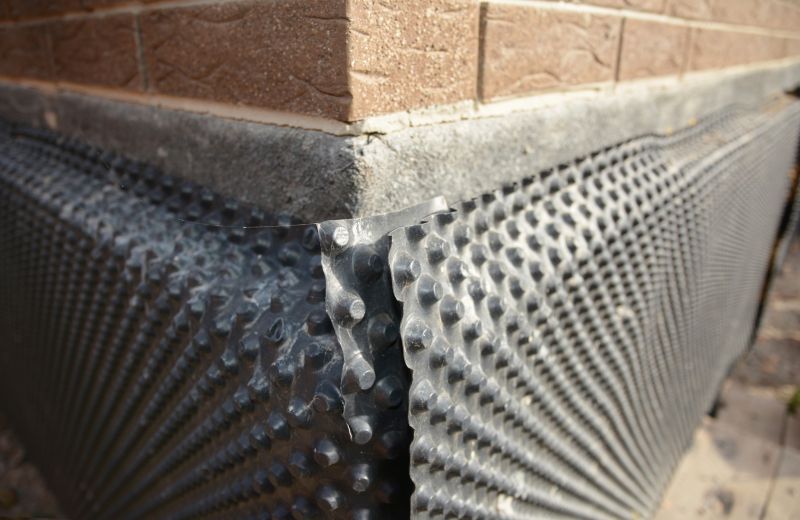
Ways to make Waterproofings work in tight or awkward layouts.
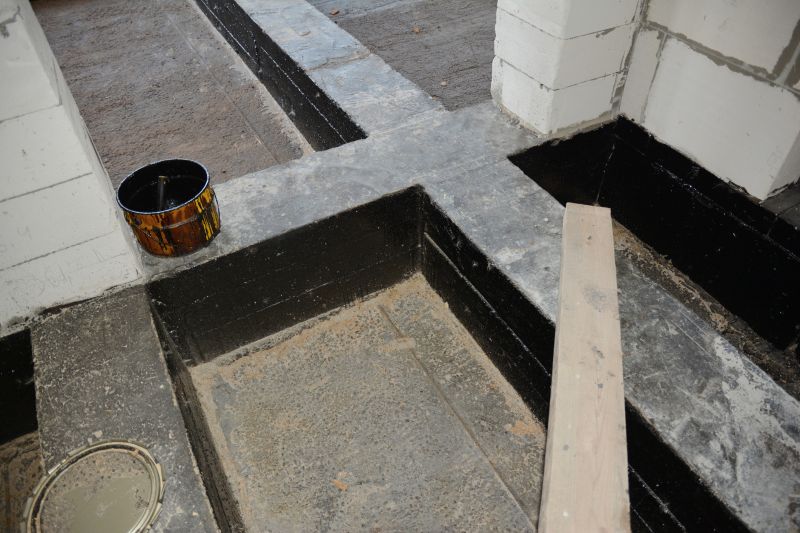
Ways to make Waterproofings work in tight or awkward layouts.
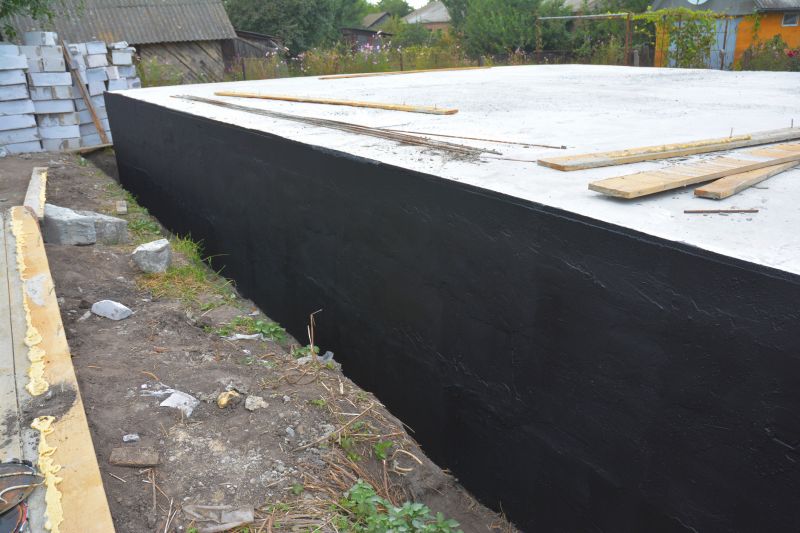
Ways to make Waterproofings work in tight or awkward layouts.
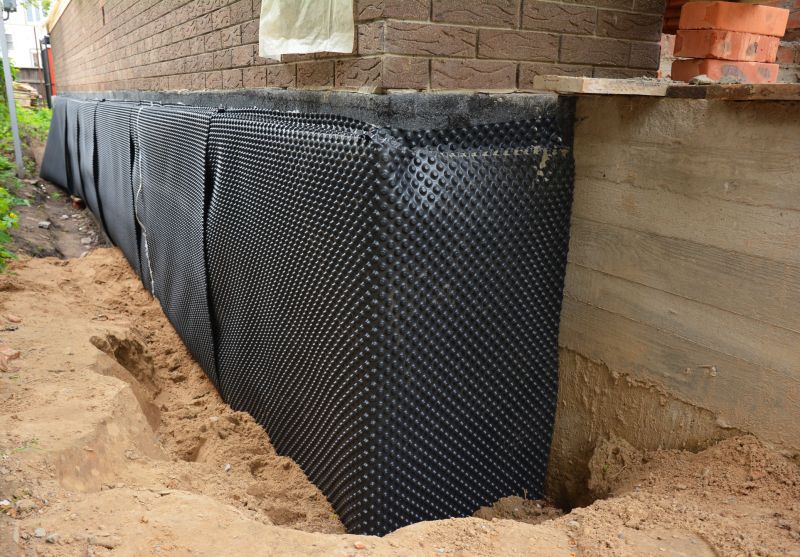
Ways to make Waterproofings work in tight or awkward layouts.
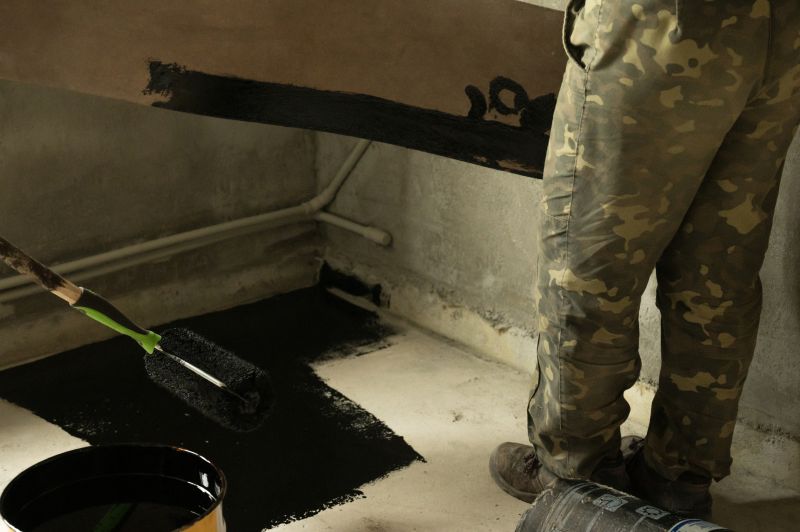
Ways to make Waterproofings work in tight or awkward layouts.
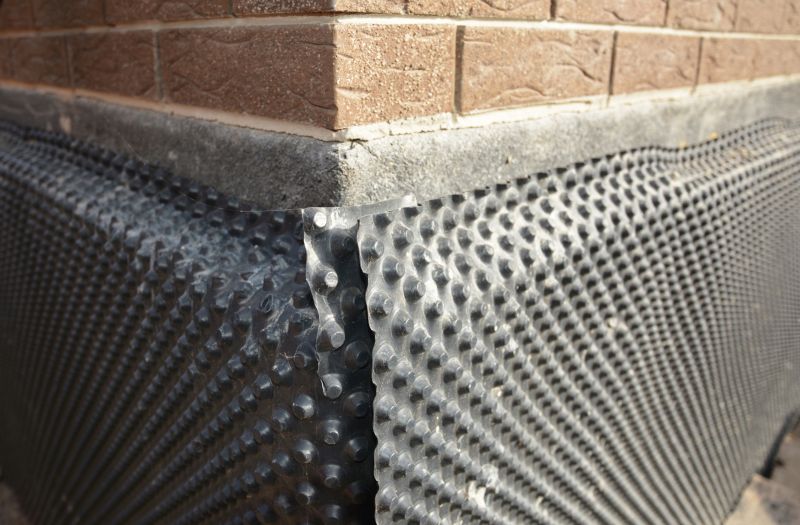
Ways to make Waterproofings work in tight or awkward layouts.
For those interested in waterproofing services, filling out the contact form can provide tailored solutions and scheduling options. Proper timing and application techniques are essential for long-lasting protection against water intrusion.


